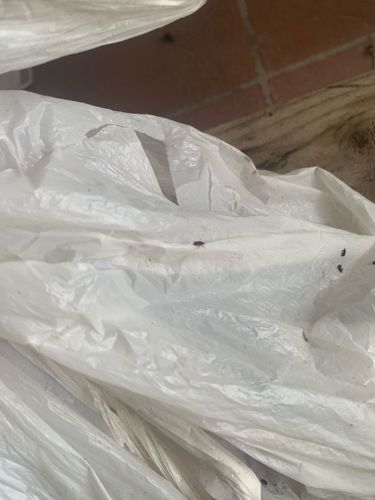Springtail
Scientific Name: Various species, common examples include Folsomia candida, Hypogastrura nivicola
Order & Family: Collembola (Order); various families including Entomobryidae, Isotomidae, Sminthuridae.
Size: Typically 0.2 mm to 10 mm, most commonly 1-3 mm.

Natural Habitat
Springtails are ubiquitous and found in a wide variety of moist habitats, including soil, leaf litter, decaying wood, compost piles, under bark, in caves, and even on the surface of freshwater or snow. They are also common residents in indoor environments with high humidity, such as bathrooms, basements, and around leaky pipes, or in potted plant soil.
Diet & Feeding
Springtails are detritivores, feeding on decaying organic matter, fungi, algae, and bacteria. Some species may also graze on plant roots, especially in high numbers in potted plants.
Behavior Patterns
Springtails often jump when disturbed using a furcula, a spring-like appendage tucked under their abdomen. They are found in moist environments and are sensitive to desiccation. They reproduce by laying eggs in the substrate and undergo ametabolous development, meaning they grow through successive molts without significant changes in form.
Risks & Benefits
Generally, springtails are harmless to humans and are not known to transmit diseases or bite. They are highly beneficial to ecosystems as decomposers, playing a crucial role in nutrient cycling by breaking down organic matter. In rare cases, very large indoor populations might be considered a nuisance, but they do not cause structural damage. While some species can occasionally feed on the roots of young plants or seedlings, they are rarely significant agricultural pests.
Identified on: 8/15/2025